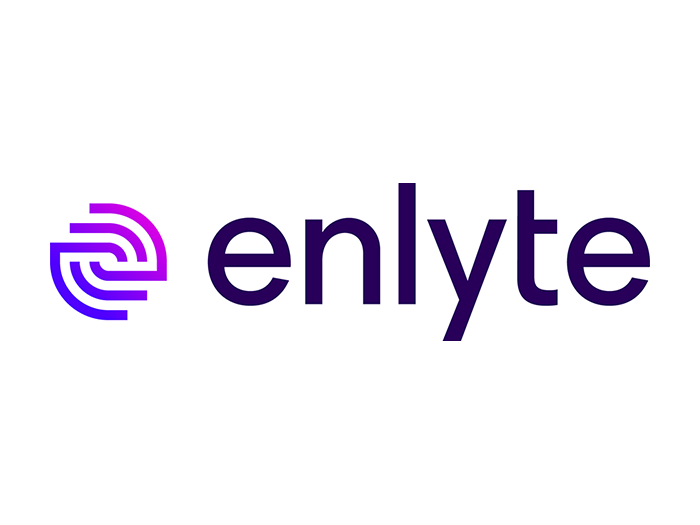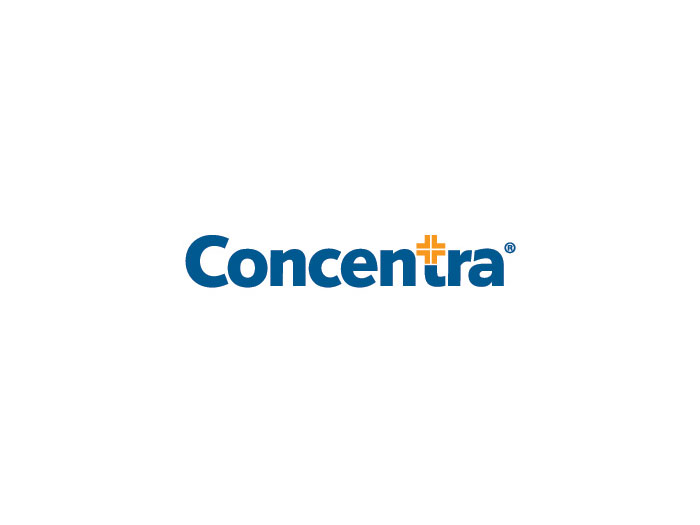Behavioral Safety
Safety Initiative Saves Millions

Not long ago some of Safeway’s divisions had frequency rates ranging between 9.0 and 11.0 per 200,000 hours worked. Last year, the company’s stores averaged just over 4.0 with some in the 3s and even the 2s.
“We are not just outperforming our industry sector, but we outperformed OSHA expectations for our business,” said Ward Ching, vice president of risk management operations for Albertsons/Safeway, a newly combined organization purchased by Cerberus in January 2015. The question that everyone is asking is: “How did Safeway do this?”
The answer lies in the Safeway Culture of Safety initiative. Hired as an outside consultant, Ching introduced a framework that integrates behavioral safety into the Safeway business/retail execution model.
“The program lives in the space of enterprise risk management,” Ching explained. “It is, for all intents and purposes, a combination of behavior economics — the study of how price and incentives influence behaviors — and behavior safety, which focuses on identifying and quantifying the drivers of loss.”
Ching estimated that over the past four years the program has been credited with saving the company more than $100 million in direct costs.
The Framework
Most of the company’s efforts to reduce its workers’ comp and general liability costs had been to manage claims after the fact. The idea for the Culture of Safety was that preventing losses from occurring could significantly reduce costs, as well as improve worker productivity and engagement and help drive better retail execution in the stores.
In 2008-09, Ching and an internal Safeway team used various quantitative analyses and set a specific target frequency rate of 4.5 per 200,000 hours worked for all divisions and store departments.
The first step was to study the general culture of Safeway. As Ching explained, the safety program would need to work within the company’s core culture in order for it to be successful.
Based on survey work done with other organizations, Ching identified a number of “essential behavioral hypotheses” and tested them across 5 percent of the entire Safeway organization. “For six months, a colleague and I were focused at the store level,” he said. “I spent half an hour with them asking questions, testing the hypotheses.” They were reworked and became the core tenets of the initiative.
Part of the initiative was to create data transparency within the organization, which allows all stakeholders to see their frequency reduction performance against all divisions at the same time.
“We also identified the key behaviors that contribute to loss — not tasks, but behaviors,” Ching said. “By identifying the behaviors, you can begin to develop tools and approaches to positively modify them. More importantly, behaviors can be observed readily and the economic consequences of poor behavioral management can be calculated.”
Financial incentives were created for store leadership such as premium credits and chargebacks to influence behaviors that contribute to loss.
“A tool we imported from insurance underwriting was to calculate an experience modifier for all store managers,” Ching said. “The ex mod is used as a predictive indicator of risk management and safety performance at the store manager level.”
Additionally, Ching worked with outside consulting groups to develop a weighted average approach to frequency showing which divisions, districts, and individual stores contributed to the frequency. “We honed in on those stores that had the highest contributing factors to frequency, highest or negative, so we could allocate our resources into areas where it mattered most.”
Positive Reinforcement
A key aspect of the initiative is what Ching refers to as the positive observation approach. The idea was to have supervisors and employees observe each other in their work environments to identify and comment on those behaviors that contributed to a safe workplace and fulfilling customer experience.
“There is a form, and if they observe something going well — that is done right — they would observe it, write it down, and go to the person and say, ‘Thank you; what you did was right,’” Ching said. “This increases our productivity. It connects safety and the operations of the store.”
The company found that the positive observations created an overall positive experience in the store that was reflected in productivity and sales. While supervisors are limited to five positive observations per week, employees can do as many as they want for other employees.
“When we voluntarily got 28-30 percent of people in the store doing [the positive observations], frequency for workers’ comp and general liability went to zero and stayed there,” Ching said. “That’s the key. If you do your observations well and create a culture in the store where employees are engaged and positive, the behaviors that contribute to loss go away.”
The positive observations are the main thrust of the initiative, as well as a knowledge of what contributes to loss at each store. “For example, if you are in the deli and doing your huddle [in the morning], you might say, ‘Let’s be careful about our gloves and avoid sharp things,’” Ching said. “You’re reminding people of the behaviors up front, then giving them positive observations through the day.”
To create a similar program, a company must be able to understand its own culture and determine how to take the basic aspects of the program and implement them. There needs to be a correlation between safety and productivity in the workplace.
“I refer to safety as a pivot; if things are going well from a safety standpoint, chances are everything else in your business is going well. It’s a leading indicator of future performance,” Ching said. “We know from our workers’ comp experience that when frequency starts to spike, usually that business will be in serious trouble in six months or out of business.”











